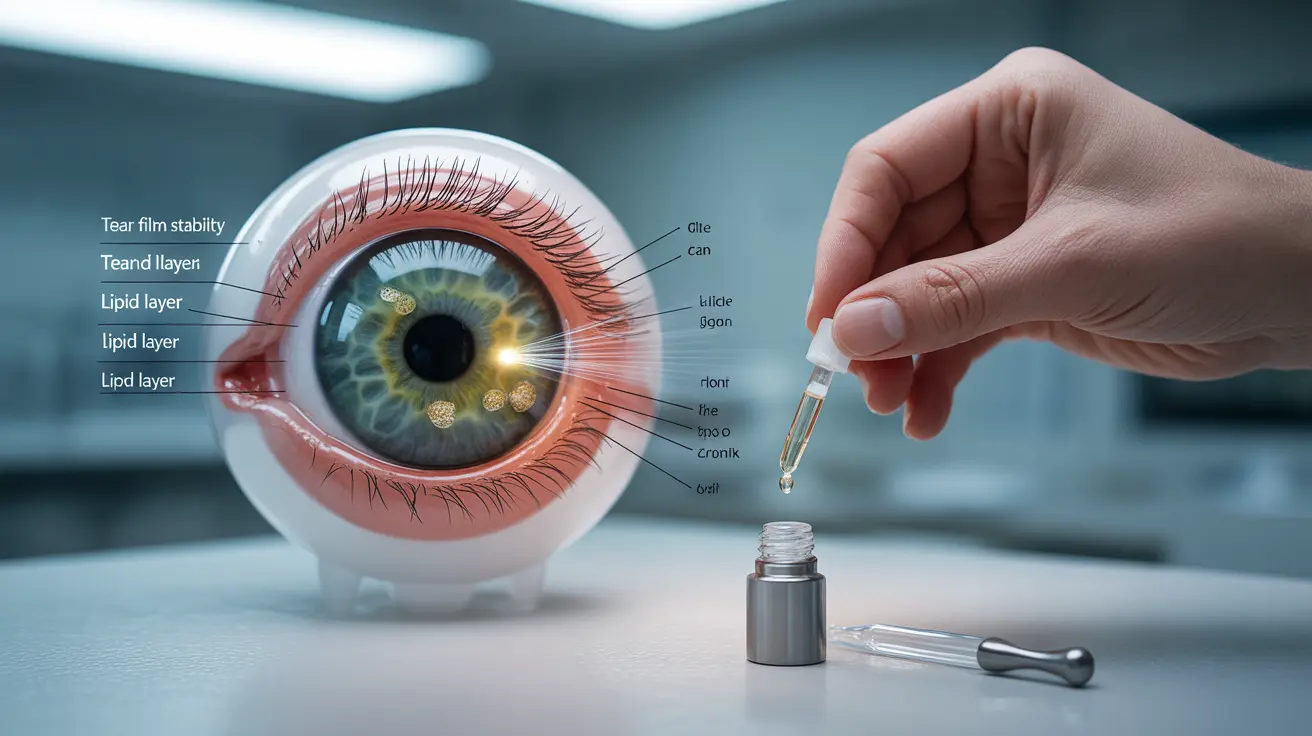For those struggling with dry, irritated eyes, finding effective natural remedies can be challenging. Castor oil has gained attention as a potential solution for dry eye symptoms, but using it safely requires careful consideration and proper application methods.
This comprehensive guide explores how to use castor oil for eyes safely, its potential benefits, and important precautions to protect your eye health.
Understanding Castor Oil and Eye Health
Castor oil contains beneficial compounds, including ricinoleic acid and omega-9 fatty acids, which may help support eye health. These natural components have anti-inflammatory properties and can help maintain the eye's lipid layer, which prevents tear evaporation.
Safe Application Methods for Eye Care
Choosing the Right Product
It's crucial to use only sterile, pharmaceutical-grade castor oil products specifically formulated for ophthalmic use. Never use regular cosmetic or industrial castor oil for your eyes, as these can contain harmful impurities.
Proper Application Technique
When using castor oil eye drops:
- Wash your hands thoroughly
- Use only sterile dropper bottles
- Apply 1-2 drops in each eye before bedtime
- Blink several times to distribute the oil
- Store the product in a cool, dark place
Benefits of Castor Oil for Eye Health
When used correctly, castor oil may offer several benefits for eye health:
- Helps maintain tear film stability
- Reduces tear evaporation
- Soothes eye irritation
- Supports overall eye moisture
- May help with meibomian gland function
Important Safety Precautions
Before using castor oil for your eyes, consider these essential safety measures:
- Consult an eye care professional first
- Use only ophthalmologist-approved products
- Stop use immediately if irritation occurs
- Never share eye drops with others
- Replace opened bottles after 30 days
Alternative Treatments for Dry Eyes
While castor oil can be beneficial, other treatment options include:
- Artificial tears
- Prescription eye medications
- Lifestyle modifications
- Omega-3 supplements
- Humidifiers in living spaces
Frequently Asked Questions
How can castor oil eye drops help relieve dry eyes and improve eye moisture?
Castor oil eye drops can help by creating a protective barrier over the eye's surface, reducing tear evaporation and supporting the natural tear film. The oil's anti-inflammatory properties may also help soothe irritated eyes.
What is the safe way to use castor oil for dry eyes without risking eye irritation or infection?
Only use sterile, pharmaceutical-grade castor oil products specifically designed for eye care. Apply 1-2 drops before bedtime using clean hands and a sterile dropper, and never share eye drops with others.
Why should I avoid putting regular store-bought castor oil directly into my eyes?
Regular store-bought castor oil may contain impurities, preservatives, or bacteria that can cause serious eye infections or irritation. These products are not sterile or regulated for ophthalmic use.
Are there any side effects or allergic reactions associated with using castor oil-based eye drops?
Some people may experience temporary blurred vision, mild irritation, or allergic reactions. Stop use immediately and consult an eye care professional if you experience redness, pain, or increased irritation.
What other effective treatments are available for managing dry eye symptoms besides castor oil?
Other effective treatments include artificial tears, prescription medications, punctal plugs, warm compresses, omega-3 supplements, and lifestyle changes such as taking regular screen breaks and staying hydrated.




